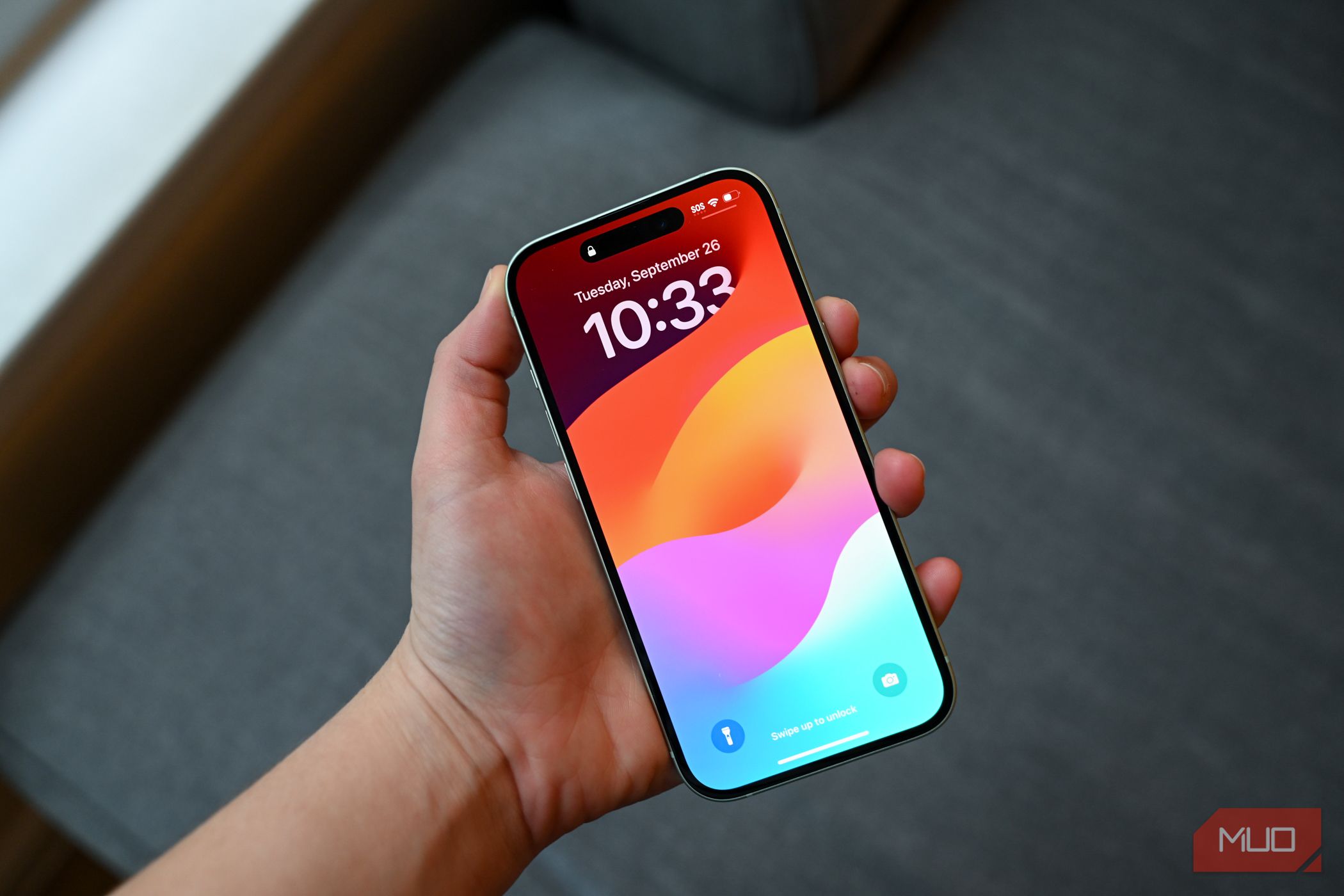Now Reading: How Simple Tweaks Transformed My Frustrating iPhone Experience
-
01
How Simple Tweaks Transformed My Frustrating iPhone Experience
How Simple Tweaks Transformed My Frustrating iPhone Experience

Speedy Summary
- iPhone’s default Control Center spans three pages, but most users find a single page for essential toggles sufficient. Restructuring simplifies navigation.
- Teh “Type to Siri” feature is often triggered accidentally. Turning it off in settings ensures smoother swiping motions without unintended pop-ups.
- The Reachability feature, which helps scale down the display for one-handed use, can be inadvertently activated and disabled via Accessibility settings if needless.
- Notifications lighting up the lock screen can be managed by disabling lock screen alerts for non-essential apps through notification settings.
- iPhone app-specific settings require navigating separately through the Settings app, but using Spotlight search provides quicker access.
- Notification badges on app icons can become overwhelming; these can be turned off individually in notification settings to minimize distractions.
- The iPhone camera shutter sound disrupts quiet environments but can be silenced with Silent mode or by enabling Live Photos.
indian Opinion Analysis
User customization and simplicity are becoming increasingly critical in modern technology adoption. This article highlights common user frustrations with default iPhone behaviors and how they reflect broader debates about intuitive design versus expanded functionality. While Apple provides solutions for these inconveniences via customizable options, addressing usability issues proactively could strengthen their reputation as a user-first brand.
For India – where smartphone penetration is rapidly increasing – such insights have broader implications. Many Indian users transitioning from Android devices might experience similar friction adapting to Apple’s ecosystem expectations like separate applications of Spotlight Search or restrictive system versatility when re-tweaking interface choices Vs external-Hardware’Value.






















